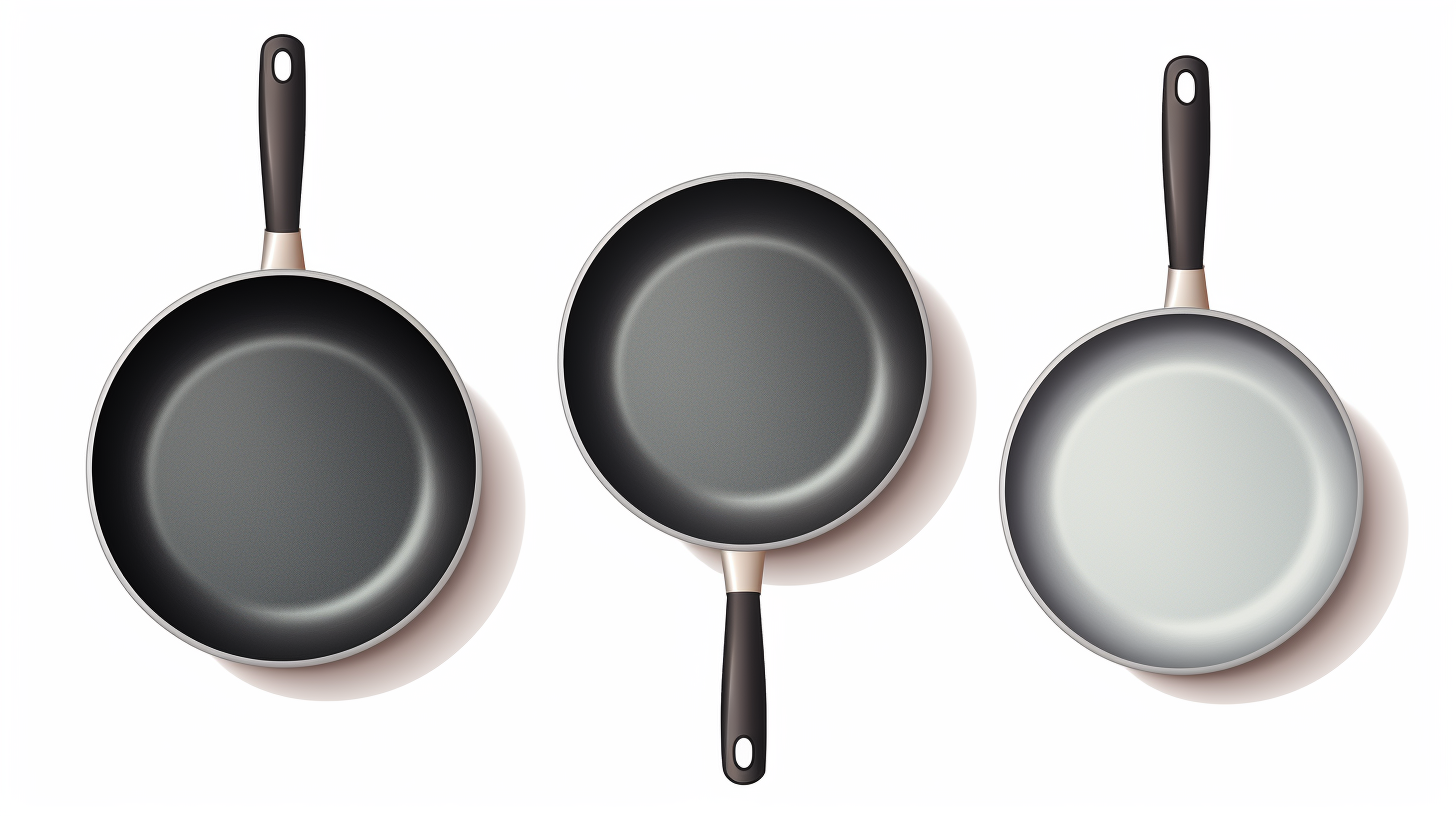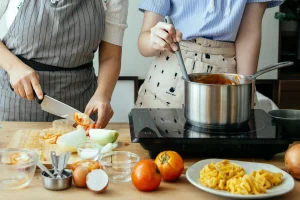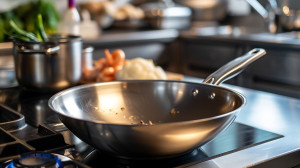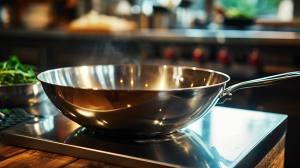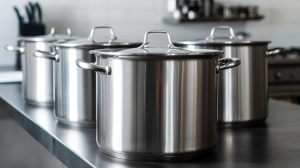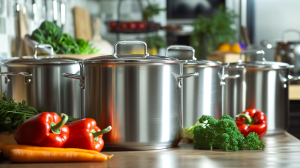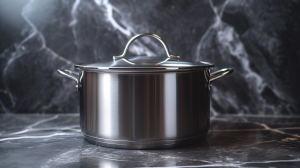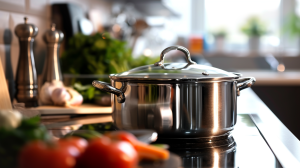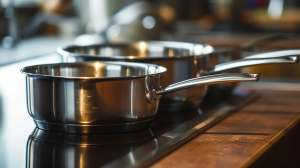Are you planning to purchase a frying pan but find yourself overwhelmed by the myriad of options available? Frying pans come in a variety of materials, from stainless steel, cast iron, to non-stick – and each has its own unique set of advantages and price point. Understanding the differences in materials and related costs can help you make an informed decision.
Material
Stainless steel : Stainless steel is a popular choice for frying pans due to its excellent durability and superior resistance to staining, rusting and pitting. This material is also resistant to extreme temperatures.Stainless steel is a fully recyclable material, making it an environmentally friendly option. Recycled stainless steel retains its properties, reducing the need for new raw materials. However, it is not the best conductor of heat, which can result in uneven cooking on stainless steel cookware.
Aluminum: Aluminum is a lightweight metal, making it ideal for applications where weight is a critical factor, such as in the aerospace and automotive industries. It naturally forms a protective oxide layer, providing excellent resistance to corrosion. It is also a good conductor and recyclable. While aluminum is non-reactive for most foods, it can react with acidic or alkaline ingredients, altering the taste and appearance of the dish. This is more of a concern with uncoated aluminum pans.
Cast iron: Cast iron frying pans have been a kitchen staple for centuries. Besides being remarkably durable, they are also great at maintaining and distributing heat evenly, making them fantastic for searing, browning, and frying. But, cast iron pans can be quite heavy, which may be a drawback for some individuals, especially when handling larger or deeper pans. And it can react with acidic foods, potentially altering the taste and appearance of the dish. It’s advisable to avoid prolonged cooking of acidic dishes in cast iron.
Copper: Known for their excellent thermal conductivity, copper frying pans are a favourite among professional chefs. They heat up quickly and distribute heat evenly. Most copper pans come with a thin layer of stainless steel or tin-lined interior to prevent reactions with acidic foods. But copper cookware tends to be more expensive than pans made from other materials, which may be a limiting factor for some buyers.
Ceramic: Ceramic frying pans often have a non-stick surface, making them easy to cook with and clean. This reduces the need for excessive amounts of oil or butter. The non-stick properties of ceramic pans make them easy to clean with minimal effort. Many ceramic pans are also dishwasher safe. Some ceramic pans may not be suitable for high-temperature cooking methods, such as searing or broiling, as excessive heat can damage the ceramic coating.
Non-stick: As the name implies, non-stick frying pans feature a special coating designed to prevent food from sticking, making cooking and cleanup notably easier. Most non-stick frying pans use a material called polytetrafluoroethylene (PTFE), commonly known as Teflon. The non-stick coating on pans can wear off over time, reducing its effectiveness and potentially exposing the underlying material. Non-stick pans are not suitable for high-temperature cooking methods, such as searing or broiling, as excessive heat can damage the non-stick coating.
| Pros | Cons | |
| Stainless steel | durability, resistance to staining, rusting pitting and extreme temperatures, recyclable | not the best conductor of heat |
| Aluminum | lightweight, resistance to corrosion, good conductor, recyclable | reactivity with certain foods |
| Cast iron | durable, distribute heat evenly | react with acidic foods |
| Copper | excellent thermal conductivity | more expensive |
| Ceramic | non-stick and easy to clean | may not be suitable for high-temperature |
| Non-stick | can prevent food from sticking | coating can wear off, not suitable for high-temperature cooking methods |
Cost
The wholesale price of Frying Pans is usually around $5-$10. There are many factors that determine the price, such as the price of raw materials, the presence or absence of coating, the quality of the coating, and the thickness of the frying pan. The specific price needs to be checked carefully when purchasing. Generally speaking, the price of copper frying pans will not be cheap because copper itself is not cheap.
Conclusion
Each of these materials offers unique benefits, so the right one for you depends on your Customer needs and preferences. So go ahead, choose the one that fits your style and enjoy the art of cooking!








